Education and Training Requirements for Becoming an Expert in the Field of Sand Blasting and Painting
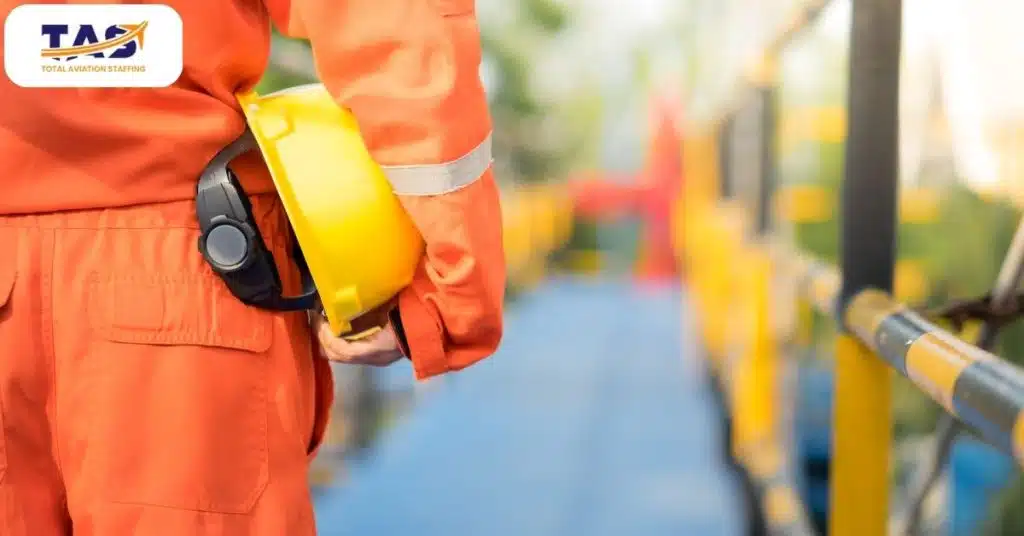
Are you looking to become an expert in the field of sandblasting and painting? With the right education, training, and dedication, anyone can become a professional sandblaster and painter. This blog post will provide an overview of the education and training requirements for becoming an expert in this specialized field to help you decide if it’s the right career path for you. We’ll discuss the most common certification programs, as well as what type of experience and qualifications you will need to pursue a successful career in sandblasting and painting. So if you’re serious about honing your skills and making a name for yourself in the industry, read on!
Learn About the Different Types of Sand Blasting and Painting
Sandblasting and painting are two of the most important processes in industrial and commercial settings. To become an expert in this field, it is essential to understand the different types of sandblasting and painting available as well as their uses. This article outlines key information about the education and training requirements for becoming an expert in sandblasting and painting:
Learn the differences between wet and dry sandblasting. Wet sandblasting requires the use of an abrasive material mixed with liquid to remove dirt, scale, paint, rust, or other debris from surfaces. Dry sandblasting involves using a coarse type of media like silica or alumina to create a powerful stream of air for cleaning or etching surfaces.
Familiarize yourself with the types of abrasive materials used for sandblasting and painting, such as aluminum oxide, silicon carbide, steel shot, glass beads, and walnut shells. Understand the proper safety measures to take when using these materials.
Learn about the different techniques of sandblasting, such as manual and automated techniques. Understand how to clean a surface with its pressure and velocity, as well as the effects of different media on surfaces.
Understand the process of painting and learn about the various materials used for it, such as primers, sealants, topcoats, and specialty coatings.
Understand the process of surface preparation for painting, such as sanding, cleaning, and degreasing.
Become knowledgeable on the occupational safety and health regulations related to sandblasting and painting.
Learn about the equipment used in sandblasting and painting, including air compressors, abrasive blasting machines, hoses, and nozzles. Understand how to use, maintain, and repair this equipment.
Have knowledge of the different surfaces that sandblasting and painting are used on, such as metal, concrete, wood, fiberglass, and glass.
Learn about the different techniques used for coating various materials with paint or other finishes.
Develop proficiency in the application of specialized finishes, such as high-temperature paint coatings, corrosion-resistant primers, and fire retardants.
Become knowledgeable on current industry trends and techniques related to sandblasting and painting.
By obtaining a thorough understanding of these topics, you can become an expert in the field of sandblasting and painting. Additionally, you may need to complete additional education and training courses in order to specialize in this field. After completing these courses, you may be able to find employment as an expert sandblaster or painter.
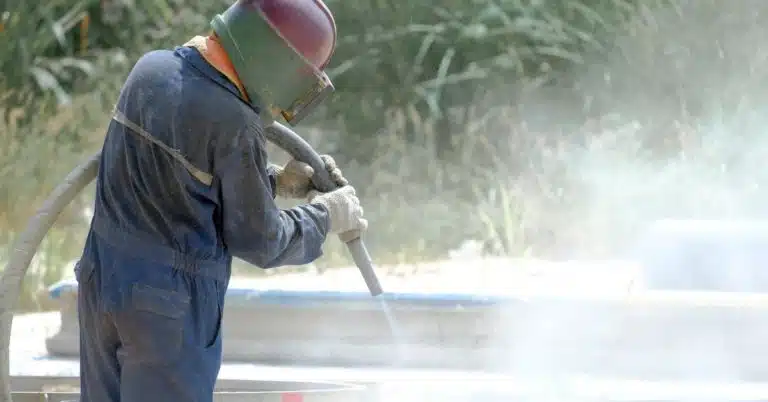
Understand the Safety Requirements for Working With Sand Blasting and Painting
Safety is an integral part of working with sandblasting and painting, as it can be a potentially hazardous job due to the use of hazardous chemicals and materials. To ensure that everyone stays safe while sandblasting and painting, it is important to understand the safety requirements for working with these processes. This article outlines six key safety requirements for sandblasting and painting:
Ensure proper ventilation. Sandblasting and painting can create hazardous gases and dust, so it is important to ensure that the work area is properly ventilated with a respirator or other protective equipment.
Wear appropriate clothing. Protective clothing, such as long-sleeved shirts, pants, gloves, and eye and ear protection, should be worn when sandblasting and painting.
Use protective shields. Protective shields or screens should be used to protect workers from the force of the blasting media or paint spray.
Avoid eating or drinking in hazardous areas. Eating and drinking in a hazardous area can increase the risk of ingestion of dangerous substances that may be present.
Regularly inspect and maintain equipment. It is important to regularly inspect and maintain the sandblasting and painting equipment to ensure that it is working properly and safely.
Follow safety instructions provided by manufacturers or suppliers. The manufacturer or supplier should provide safety instructions regarding the use of any chemicals, abrasives, paints, or other materials used for sandblasting and painting. It is important to follow these instructions closely.
By following these safety requirements, everyone involved in sandblasting and painting can stay safe and healthy. With proper attention to the necessary precautions, the process of sandblasting and painting can be completed successfully with minimal risk of harm.
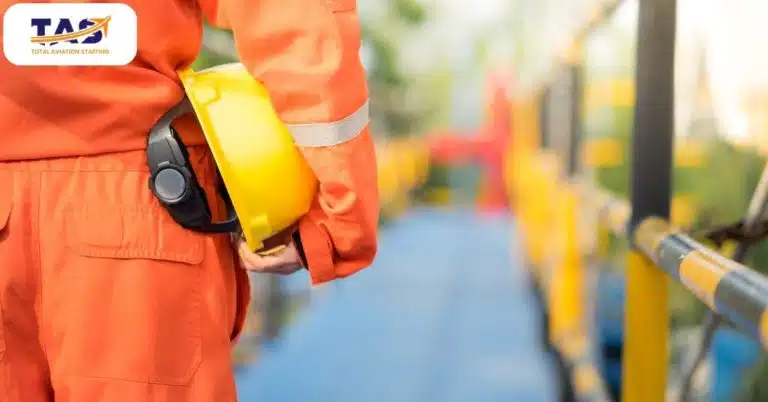
Acquire Knowledge on How to Operate Equipment Used in Sand Blasting and Painting
Working in a specialized aviation field like sandblasting and painting requires acquiring knowledge on how to operate the related equipment. Successfully undertaking these roles involves becoming an expert in aviation regulations and processes, as well as understanding safe practices when operating this heavy machinery.
Training programs and classes should be sought out by aviation professionals seeking to become experts in the field of sandblasting and painting. These specialized courses should cover not only the technical aspects of applying these techniques but also ensure safe operation along with an understanding of aviation processes related to aviation sandblasting and painting.
With the right training, aviation technicians can acquire the necessary knowledge needed to confidently perform their daily tasks when it comes to aviation sandblasting and painting.

Take Courses Related to the Field of Sand Blasting and Painting
For those looking to specialize in the field of sandblasting and painting, taking courses related to this field can provide invaluable knowledge and experience. By enrolling in courses that are specifically designed for sandblasting and painting, individuals can gain a greater understanding of the techniques used, safety protocols to follow, and other important aspects of this specialized aviation field. Here are five courses related to the field of sandblasting and painting that can be taken:
Sandblasting and Painting Safety Course: This course covers the safety measures to consider when working with sandblasting and painting, such as proper ventilation, protective clothing, use of protective shields, and more.
Sandblasting and Painting Techniques Course: This course focuses on the different sandblasting and painting techniques, including methods for preparing surfaces, applying paints and coatings, and more.
Sandblasting Equipment Maintenance Course: This course covers the basics of maintaining sandblasting equipment to ensure its proper operation, as well as how to troubleshoot and repair sandblasting equipment.
Sandblasting and Painting Regulations Course: This course covers the regulations and standards related to sandblasting and painting, such as aviation safety regulations, environmental protection requirements, and more.
Advanced Sand Blasting and Painting Techniques Course: This advanced-level course focuses on more complex techniques used in sandblasting and painting, such as multi-stage processes, specialized photography techniques, and more.
By taking courses related to the field of sandblasting and painting, aviation technicians can gain a greater understanding of how to safely and efficiently use this specialized equipment. This knowledge is invaluable for those looking to specialize in this field and can help ensure the safe and successful completion of all sandblasting and painting projects.
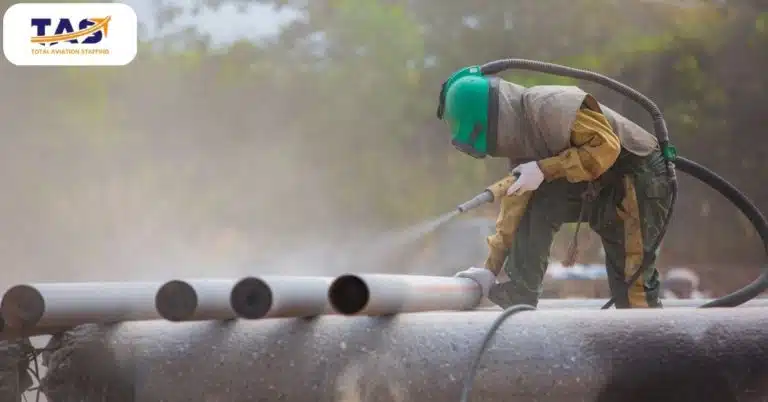
Get Certified Through an Accredited Program or Institution
In addition to taking courses related to the field of sandblasting and painting, it is important for aviation technicians to become certified in this specialized area. Certification through an accredited program or institution can demonstrate a high level of knowledge and expertise in the field of sandblasting and painting, as well as establish credibility with employers and customers alike. Here are a few certification programs and institutions that specialize in sandblasting and painting:
The American Society of Sandblasters (ASAB): This organization offers certifications for all levels of sandblasting and painting, from beginner to advanced. The ASAB also provides professional development opportunities for certified members.
The National Association of Abrasive Blasting (NAB): This organization offers certification to individuals looking to specialize in the field of abrasive blasting, which includes sandblasting and painting. Certification through NAB can demonstrate a high level of knowledge and expertise in the area.
The National Association of Corrosion Engineers (NACE): This organization provides certifications to professionals specializing in the field of corrosion engineering, which includes sandblasting and painting. Certification through NACE can demonstrate a high level of knowledge and expertise in this specialized area.
By becoming certified through an accredited program or institution, aviation technicians can demonstrate their proficiency in the field of sandblasting and painting. This certification can provide a competitive edge in the aviation field and can help technicians establish successful careers.
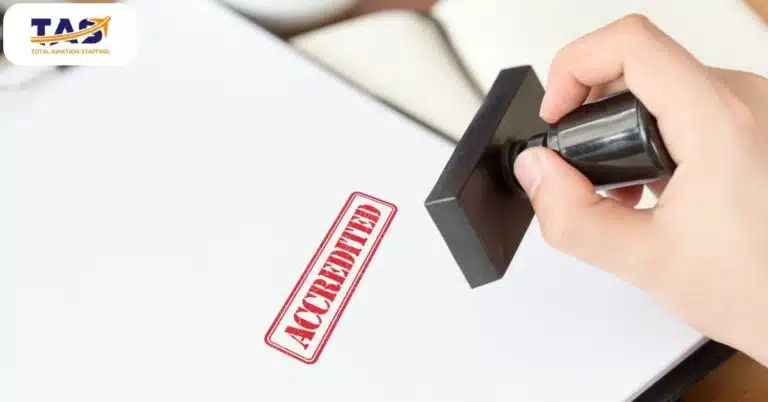
Obtain On-The-Job Training From Experienced Professionals
Obtaining on-the-job training from experienced aviation professionals is an important step for anyone wishing to become an expert in the field of sandblasting and painting. Professional athletes and pilots understand the importance of safety and dependability when it comes to aviation, so be sure to listen carefully and pay attention to their expertise in order to learn best practices.
Many aviation manufacturers provide additional educational opportunities that focus on specific procedures designed to increase job performance and quality control. Consider attending a seminar or workshop to address safety regulations, techniques, equipment operation and maintenance, best practices in aircraft construction, painting processes with different types of paints, sandblasting technology, masking methods, curing processes, and more.
With the right education and training combined with in-the-field experience, there’s no limit to how far one can advance as an expert within the aviation engine paint application service industry.
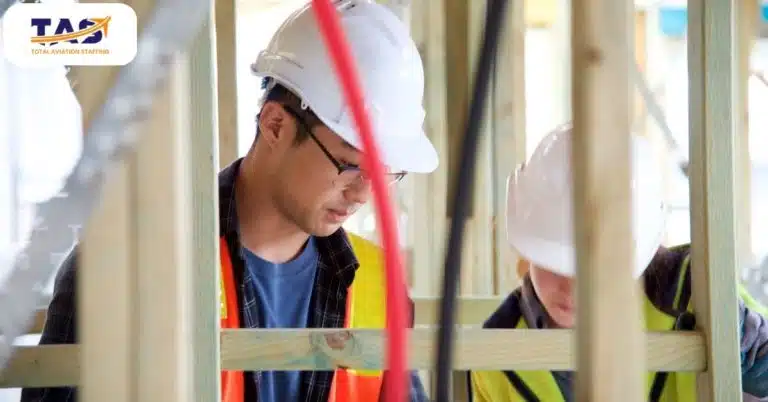
Develop Your Skills Through Practice and Networking With Other Experts in the Field
Developing the necessary skills to become an aircraft engine paint application specialist requires practice and real-world experience. Keep up with industry news and events and make it a point to network with other aviation professionals in order to stay abreast of new developments in sandblasting and painting techniques. This can help you stay on top of trends and learn about the latest technologies and techniques that may be beneficial for your own work.
Another way to gain more experience and improve your skills is to volunteer with a local airport or aviation organization, such as an aircraft maintenance team, or sign up for a specialized training program. This can provide valuable hands-on experience in sandblasting and painting techniques that will help you gain more confidence in your work.
By staying aware of emerging trends, establishing a strong network of fellow aviation professionals, and continually honing your sandblasting and painting skills, you’ll be well on your way to becoming an expert in the field.

In Conclusion
Becoming an expert in the field of sandblasting and painting requires a combination of education and training, hands-on experience, and networking with other experts. Obtaining certification through an accredited program or institution is a great way to demonstrate proficiency in this area and can help aviation technicians advance their careers. Additionally, it’s important to stay up-to-date on industry trends, attend workshops, and practice sandblasting and painting techniques in order to sharpen your skills. With the right combination of all these elements, you’ll be well on your way to establishing a successful career as an aircraft engine paint application specialist.
Ready to jumpstart your career in the aviation industry? Look no further than Total Aviation Staffing! Our team of dedicated professionals will help enhance your open sky aviation careers so you can achieve success. We’ll assist with extending your job search, building out your resume, and getting you closer to landing the perfect full-time position. With us on your side, you’ll have access to the top MROs, OEMs, airlines, aerospace, and charter companies. Don’t wait—get started today and take control of your future! Contact us now to learn more about how Total Aviation Staffing can help you achieve your career goals.
